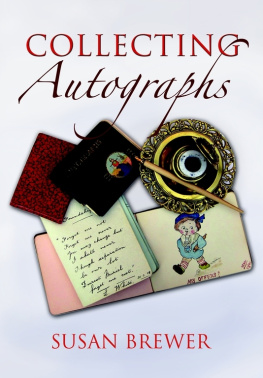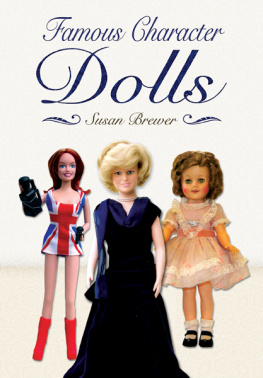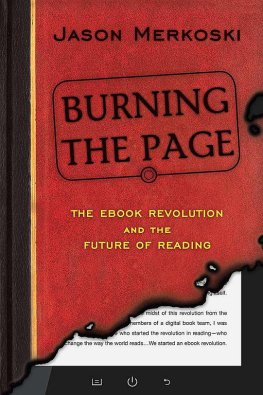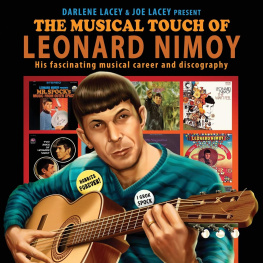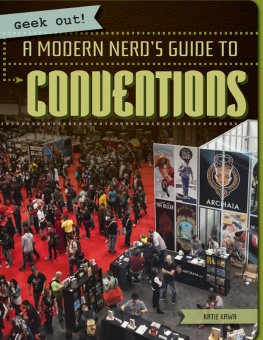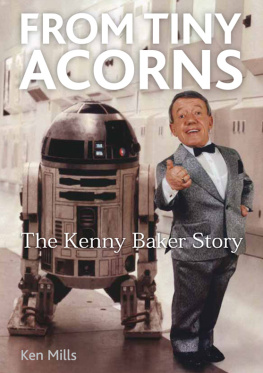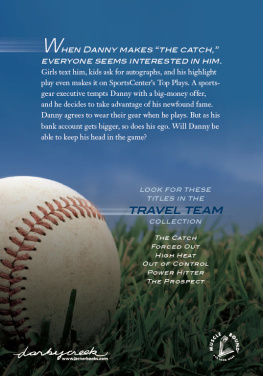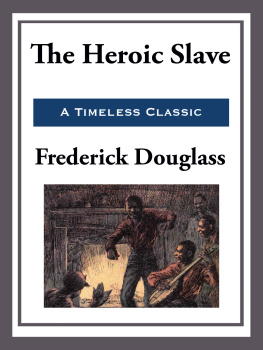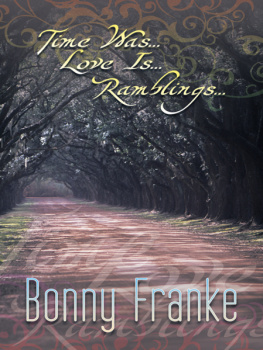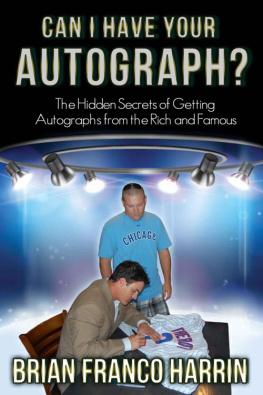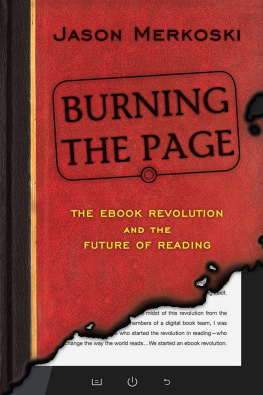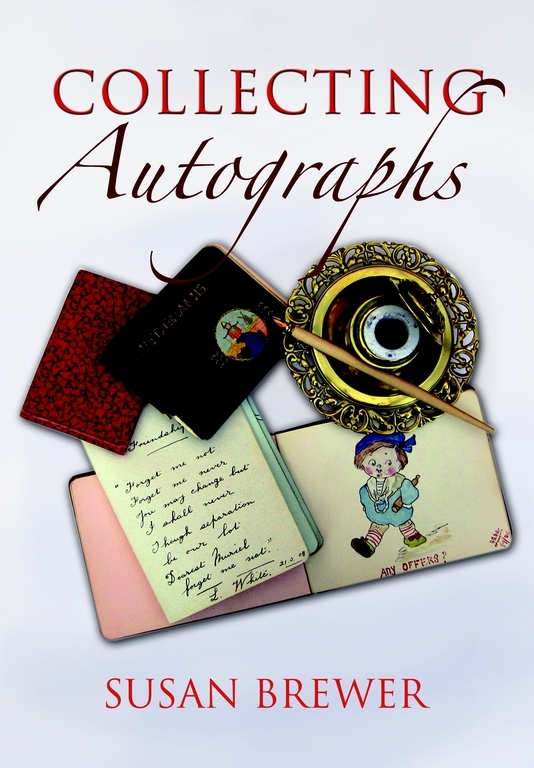S o many people lent me autograph books or sent in examples of rhymes, that it is impossible to mention them all. Special thanks, though, go to: Ellie Hopkins (Buckingham Covers), Claudia Cardoso (Frasers), Olivia Odell (Frasers), David Tomlinson (Laurel & Hardy Appreciation Society), Lorna Kaufman (Vectis), David Davies (AFTAL), Max Grenville (MG Memorabilia), Nik Askins, (H&H Group Holdings Limited), Jenna Brewer, Anne McAndrews, Sheri Munnich, Tracy Martin, Popps, Ruth Dale, Kathy Martin, Edith Smith, Trish Maunder, Deborah Burke.
I also would like to thank my long-suffering family my husband Malcolm who spent hours photographing many of the autograph pages shown in this book, my son, Simon, who lent technical help and advice with some of the photos, and my daughter Jenna who ferried me to antique centres in my quest for autograph albums.
APPENDIX I
Useful things to remember when buying autographs

A LWAYS BUY FROM a reputable dealer. If the autograph seems too cheap to be true, then it probably is. Fakes abound, and especially crop up on internet auctions such as Ebay, where anyone can advertise without any form of guarantee. If possible, examine before you buy, and if this isnt possible, ensure that the dealer will take back the autograph if you are not satisfied, without quibbling. Familiarise yourself with your chosen field; get to learn what is available, read up the subject, not just about the handwriting style of the person whose autograph you want, but the kind and colour of ink he uses. Find out the kind of documents he signs, and whether he always puts his autograph in a certain place on the page or photo. If you are after the signature of a 1930s star, be suspicious if it is signed in ballpoint pen ink, as the pens werent invented then. Likewise, a 1940s icon wouldnt use a metallic marker. Complete names are better than just first names. Occasionally you might come across a photo or card which a star had intended for a friend. Therefore, its unlikely the star would have used his surname.
Always buy from a credited, recognised dealer. AFTAL (Autograph Fair Trade Association Limited) has a list of dealers it recommends (See Appendix II). Autographs may rise in value but they may equally go down. Celebrities rise and fade, and, for various reasons, may become persona non gratis or just fade away into nothingness. Just because you know that an autograph is of a famous person, it may not be as collectable as the seller claims. The paper on which its written may be discoloured, spotted, stained with sticky tape, water blotched, torn, crumbling away round the edges, creased, bent or worn away. The signature might be smudged, faint or pencilled, whilst often old signatures were written in an acidic, corrosive ink, which gradually eats away at the paper they are written on.
You can find old autographs anywhere, so keep an open mind and always be on the lookout. Try searching antique stores, flea markets, car boot fairs, collectors outlets, charity shops or even rummaging through your attic. Almost certainly, though, you will have to contact dealers in autographs, auction companies or those sellers of rare books who deal in signatures and signed books. Remember, you get what you pay for, so be prepared to pay well, if you want something special.
Dave Tomlinson of the Laurel and Hardy Society has compiled the following guide. Though some of the advice concerns the autographs of Laurel and Hardy, much of it is common sense which is relevant to any autographs or autograph collectors.
Laurel and Hardy autographs are in the top echelon of autograph collecting with genuine autographs commanding high market prices. Sadly, there are many out there who want to make a fast buck by selling forgeries as genuine. This advice is offered in order to reduce your chances of buying a forgery, to enjoy your hobby more and to protect your investment.
Buy from an established reputable source who will offer you guarantees that if, at a later date the item is doubted, you can seek a refund. This could be from a UACC accredited dealer (where his reputation is most important to his business) or from an established expert in the field. Alternatively, buy from someone who can offer credible provenance to the item that can maybe also be verified (e.g. place/date of a theatrical engagement). Avoid low reputation or privately registered sellers on internet auctions. I would however recommend that you do not buy material that is marginal in the sense that there are any doubts in the authenticity (e.g. abnormalities in the signing and uncertainties in the provenance). Those doubts will always remain and will affect the investment when you later want to sell.
Examine the item thoroughly before buying (or immediately after buying if guarantees provided). You should check that the media is of the correct vintage (i.e. over fifty years old) and that the autographs are neither pre-printed nor rubber-stamped. The surface ink can be checked under a strong light to ensure that the autograph is not part of the photograph and the ink flow can be checked under a magnifying glass.
Always attempt to seek provenance to the item. That is, where/when the item was signed and the story behind it; this adds credibility, interest and much more value. Dont be fooled by Certificates of Authenticity (COAs). These add very little value, can be misleading, and generally seek to give undue credibility. They are little more than someone elses opinion through comparing with a few exemplars and are often provided where doubts exist. However, always check sellers guarantees.
Do your homework and become familiar with the following with regard to stars like Laurel and Hardy:
The shape of their autograph including letter shapes, typical characteristics in their flourishes and the application of pen drops. Ollie often dotted his i and Stan usually put a full stop at the end of his name.
Pen types and colours. Before 1947 they would use classical dark blue/black fountain pen ink. Post 1947 Stan occasionally used biro to sign autograph books but always preferred his fountain pen. Ollie more liberally used biro including its application to photos. Ollies ink, including his application of biro to photographs, does have a greater propensity to fade with time. Be very careful of signings where the ink appears to be the same; many forgeries have been done using the same pen. Stan and Ollie were always prepared to sign autographs and each was always armed with their own personal pens. They would certainly not pass the same pen around when mobbed by fans!
Stans salutations and their handwriting characteristics. It was common for Stan to inscribe to the recipient with a salutation like Hello Sue! or variations of the less common Our best wishes always Sue! Ollie very rarely wrote an inscription, and really only to his friends and family.
Signing styles. Stan and Ollie were classical signers with fast flowing, evenly stroked, autographs. Many forgeries appear slowly drawn or even traced that show quivery jaggies and also breaks in the writing. Neither of the boys adopted a calligraphic hand writing style, so beware of autographs that have variations in the thickness of the strokes.
Signing medium. Stan and Ollie normally signed their own giveaway portrait publicity material, autograph books, UK theatrical tour programs or ad-hoc improvised material (eg envelopes, note paper). They very rarely signed film stills or press stills, and if these are seen one should always question the opportunity for them to sign such material. Stan would often stick a small blue framed vignette sticker, which depicted a caricature of them, to autograph books.

